The thought of wiggling insects may not be appealing to us, but birds love them. Mealworms, especially, are a fan favorite among many bird species. Though often mistaken as worms, mealworms are actually the larvae of the mealworm beetle. Regardless of their misleading name, mealworms are your secret weapon for bringing more birds to your backyard. Let’s read a little more about these critters, which birds eat them, and why to feed them to your local birds.
Which Birds Eat Mealworms?
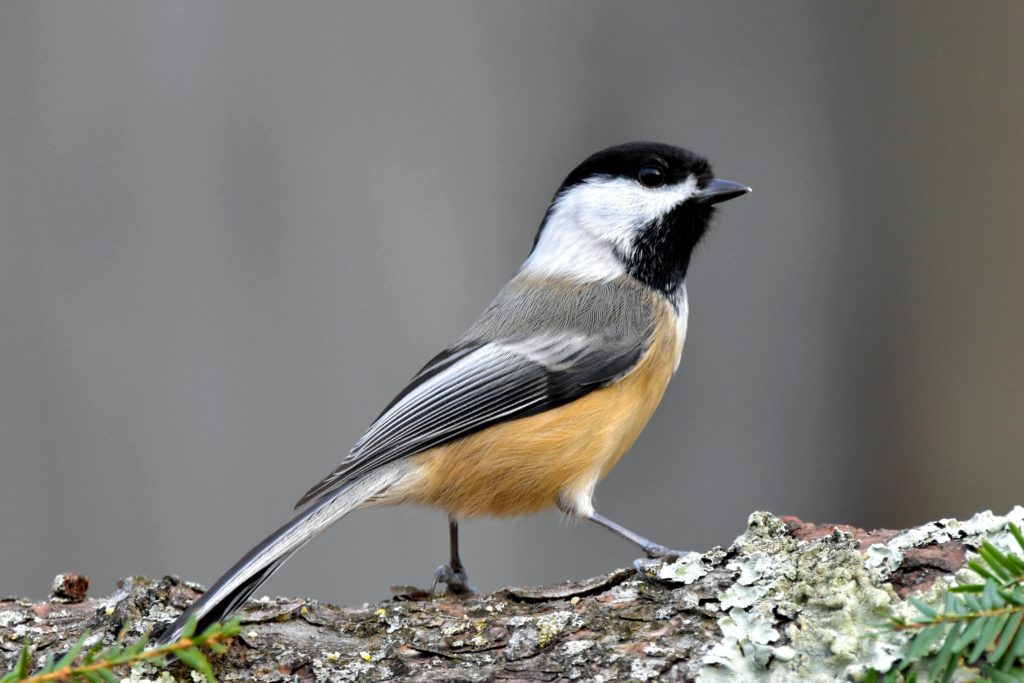
Bluebirds famously feed on mealworms, but there are many other species that love them as well. Chickadees, titmice, thrushes, nuthatches, buntings, catbirds, orioles, robins, tanagers, flycatchers, grosbeaks, tits, warblers, and wrens are some examples.
Why Serve Mealworms to Birds?
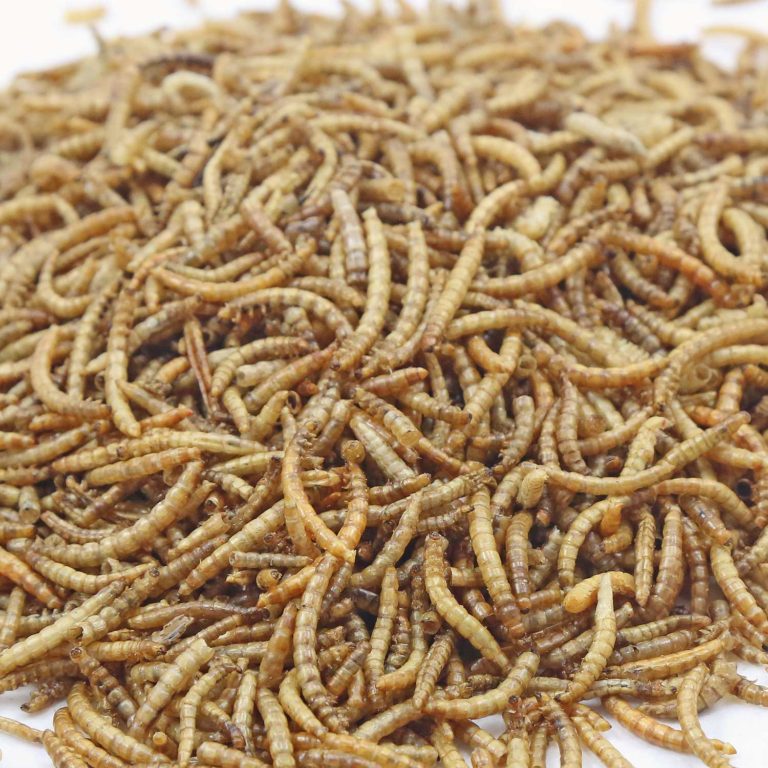
There are a few reasons. First, they are sure to bring more, and more types of, birds to your yard. Second, attracting insect-eating birds to your outdoor space is beneficial for both you and your garden or yard. And third, mealworms are an excellent source of the fiber, fat, and protein birds need to fuel them during nesting, laying eggs, raising their young, migrating, and surviving the harsh winter months.
What Kind of Mealworm Bird Feeder Should You Buy?
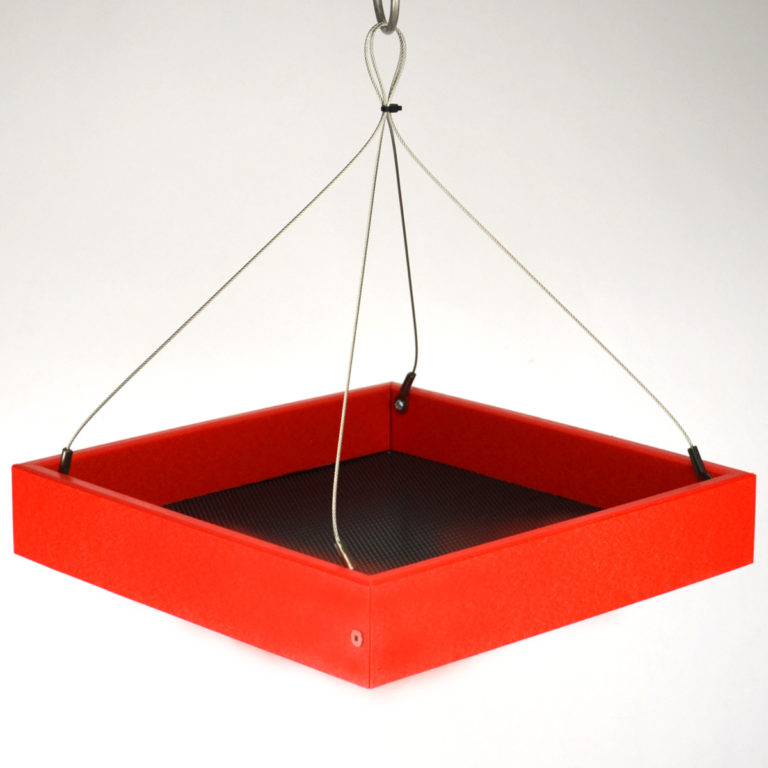
Look for a platform (or tray) feeder or for a bird feeder with one or more containers to place your mealworms in. The container or tray doesn’t need to be too large—your local birds will only go through about 100 mealworms per day once they find your feeder. If you are using live mealworms, the container or tray should have sides tall enough (at least 1”) so that live mealworms can’t crawl out of it. The feeder should also have a roof or drainage holes to protect mealworms from drowning or getting moldy in the rain. (If your feeder doesn’t have a roof, you can add a dome baffle instead for protection.)
When Should You Put Out Mealworms?
All year ‘round! Birds will benefit from this high-protein, high-fat food source at any time, though mealworms will be especially important during the winter months, when other natural food sources are depleted. During winter, hungry birds will appreciate finding your mealworms, which will help them survive through the harsh seasonal weather. Nesting season, typically around springtime, is another important time for birds to have access to these nutrient-dense snacks.
Live vs. Dried Mealworms: Which is Best?
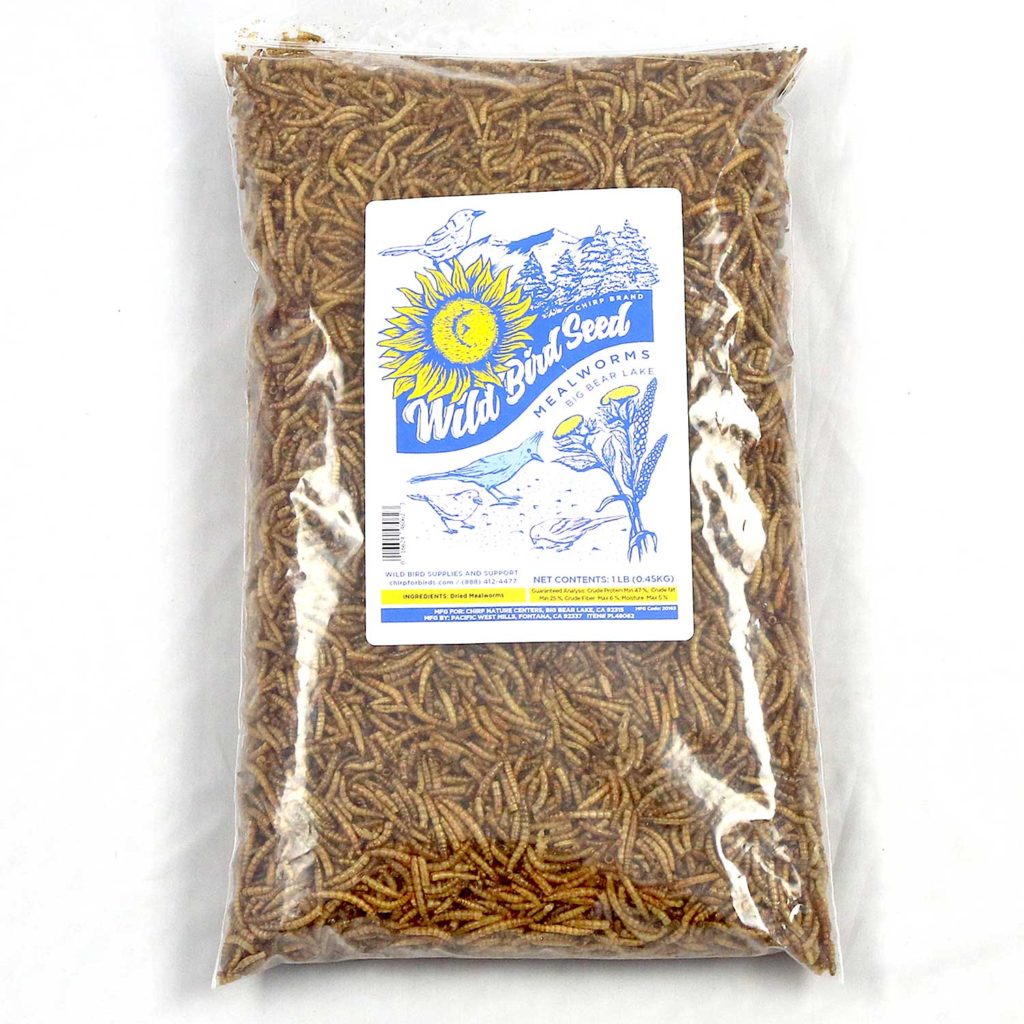
There are pros and cons to both, so let’s break it down. It’s no surprise that birds prefer live mealworms over dried, as it appeals to their hunting instinct. Live mealworms are also easier to see when flying over, as birds will be attracted to their wriggling motion. However, when it comes to live versus dried mealworms, the truth is that birds will eat both, and both are excellent nutrient sources.
If opting for live mealworms, you’ll need to consider how and where to store them properly (which we’ll discuss next). And if you’ve been feeding your backyard birds live mealworms, and you’re considering switching to dried, picky bluebirds may struggle to make the transition. Dried mealworms are definitely the more economical, low-maintenance choice, since they don’t have to be kept alive before feeding. But whichever you choose, your backyard birds will welcome these tasty treats.
How Do You Store Mealworms?

Dried mealworms should be stored in a cool, dry place. Live mealworms, as you can imagine, take a bit more prepping. They should be placed, uncovered (or with a perforated lid), in a container with sides high enough that they won’t crawl out. Keep the container in the refrigerator, placing a sliced apple or two inside, and lining the bottom with oatmeal or bran (you can also use dried dog food). Replace the apple slices regularly so that they don’t become moldy or dried out. This optimal method of storing mealworms will keep them alive and healthy for weeks, if not months, at a time.
Are Mealworms Enough for My Local Birds?

Despite the indisputable health benefits of mealworms, birds need more to keep them and their offspring healthy. Add dried mealworms into your seed mixes or put out seed and suet feeders along with your mealworm feeders to offer a more balanced bird buffet. Not only is this better for birds, but you’ll attract a wider variety of them to your backyard (as not all birds are fond of mealworms).
Staying In? Get Free Bird Food Delivery!
If you live in Big Bear Valley, enjoy FREE delivery on Chirp!* Order mealworms, bird seed, and other qualifying Chirp products, and have it brought right to your door—contact-free!
*With a $30 minimum order, as conditions dictate

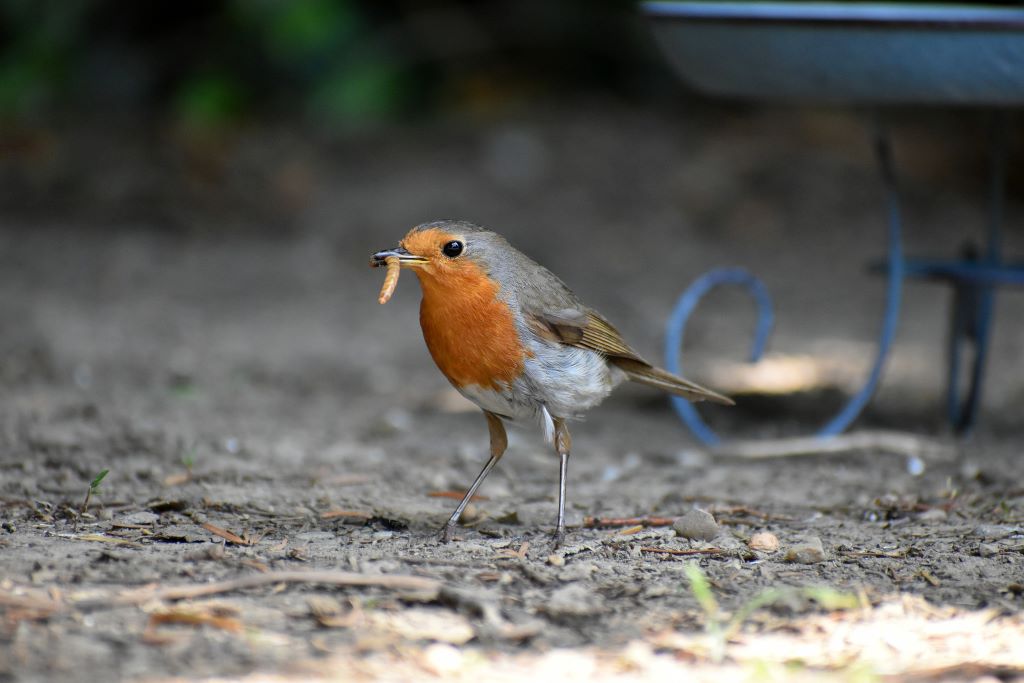

One comment
Thank you for the information. I am somewhat new to backyard bird feeding and had many questions about mealworms, all of which have been answered in this article. Thank you.